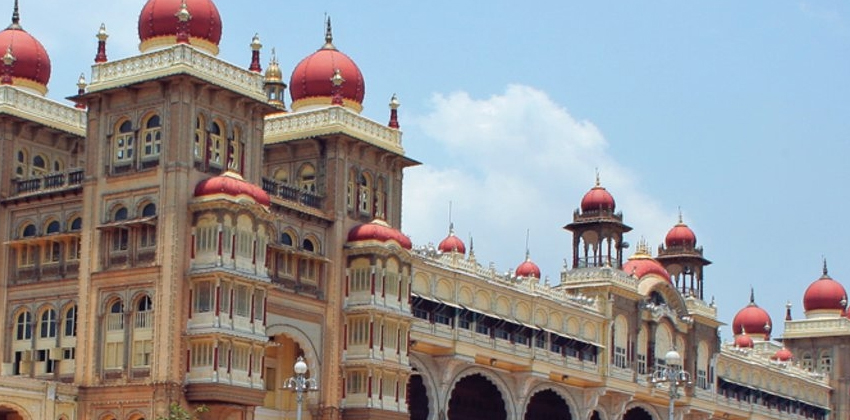Dekho Apna Desh: Mysuru – Craft Caravan of Karnataka

Today we are taking you to the land of bisibele bath, coffee, silk and Mysore Pak. It’s also the land of brave Queen Rani Chennamma also known as Kittur Chennamma of the princely state of Kittur who led an armed rebellion against the East India Company. Yes, we are taking a trip to Mysuru.
We probably know enough of the Mysore Palace and the Brindavan Gardens, and hence we are not going into it. Today what we are going to bring to you is a joint initiative between the ministry of tourism and another government institution the National Institute of Fashion Technology from Bangalore. Incidentally NIFT is one of the ten highly rated global institutions in the field of fashion technology and they do a lot of research about Indian textiles, arts and craft.
The Channapatna route – NH 275 – is bustling with traffic throughout the day. Passing through the highway your next stop is the village of Maddur. You can stop over here and have the famous Maddur Vada which is a savoury snack made from onions and rice flour. Unique to the state of Karnataka, this snack is a perfect accompaniment to a cup of coffee or tea. The first thing you see as you enter the town of Channapatna on the Bangalore-Mysore highway is a banner that reads, “Welcome to the city of toys.” Channapatna is a small town between Bangalore and Mysore that is devoted to the art of toy-making.
It is an old tradition that has survived many generations. Channapatna is famous for its lovely wooden and lacquered toys. These toys are very colourful and elegant. Visitors should explore the glorious heritage of Channapatna toys. These toys are made at the lacquer turneries in the town and are a unique form of vibrantly coloured expressions of play-land in wood. Speaking of wood, they are created by carving, sculpting, and lacquering the wood of the Wrightia tinctoria or Aale mara (ivory-wood) tree. What’s more, this traditional craft is protected as a geographical indication (GI) under the World Trade Organization, administered by the Government of Karnataka.
The craft has diversified over time in addition to the traditional ivory-wood, other woods—including sycamore, cedar, pine and teak are used as well. Manufacturing stages include procuring the wood, seasoning the wood, cutting the wood into the desired shapes, pruning and carving the toys, applying the colours and finally polishing the finished product. Vegetable dyes are used in the colouring process to ensure that the toys and dolls are safe for use by children. Around 250 home manufacturing units are engaged in the making of these toys. The Karnataka Handicrafts Development Corporation (KHDC) provides assistance.



